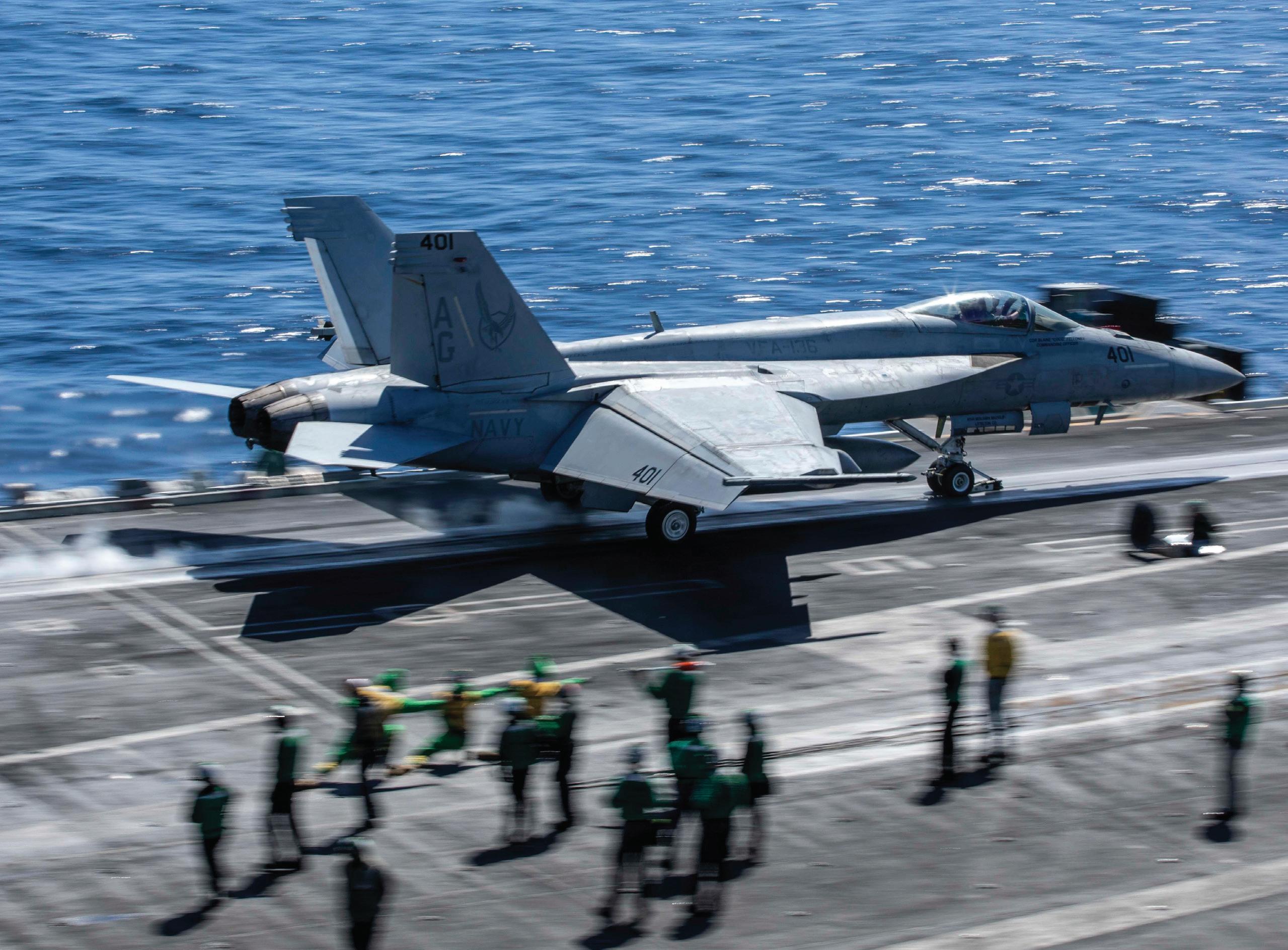
3 minute read
Naval Safety Command’s New Approach to Assessments
By Cmdr. Gary M. Shelley
Since its re-designation in February 2022, NAVSAFECOM developed a new assessment process with a new focus on risk management as it relates to the updated Safety Management System (SMS). The Navy Safety and Occupational Health Manual, OPNAV-M 5100.23 CH-2, signed by the Chief of Naval Operations (CNO) on Sept. 5, 2022, outlines and establishes the framework and requirements for instituting an SMS or Safety Management Plan (SMP) for Echelon II or III organizations and their subordinate commands.
The Navy SMS is the system-of-systems for risk management and assessing the effectiveness of risk controls. A critical part of the SMS framework is that it requires each level of command to consistently perform self-assessment and implement corrections and improvements, communicate risk up and down the chain of command, and account for risk at the appropriate level. It includes systematic procedures, practices and policies for risk management, with assurance and regulatory processes built into it.
Safety assurance involves the routine and formal assessment processes necessary to ensure safety requirements and standards are met. The NAVSAFECOM Assessment process is the assurance function under the Navy’s SMS.
NAVSAFECOM’s assessment process will determine whether an assessed command has effectively instilled behaviors of self-awareness, self-assessment, self-correction, and continual learning to enable a defense-in-depth that ensures the command is Safe-to-Operate and Operating Safely through proper risk identification, communication and accountability at the appropriate level.
The Safe-to-Operate envelope includes all operating limits, procedures, training and operating conditions for all activities including routine, day-to-day operations; high hazard or special operations or crisis and emergency event operations. To Operate Safely is to operate within established boundaries of the Safeto-Operate envelope, also known as the “safety envelope.” Organizations that develop assurance processes to identify and address risks when they are operating outside of the Safe-toOperate envelope are executing an effective SMS.
As a key proponent of the CNO’s “Get Real, Get Better” initiative, NAVSAFECOM has a significant impact because we now send assessment reports up to the CNO, ensuring transparent communication of risk at the highest levels of Navy leadership.
Our assessments adhere to the following principles:
• Risk identification focuses on risk awareness throughout an organization or unit, as well as the organization’s awareness of normalized risk.
• Risk communication looks at effectiveness of tracking and communicating risk up and down the chain of command.
• Risk accountability evaluates how risk is assigned and if it is assigned at the correct level (normally the correct level is the level of the chain of command that can correct the risk – normally through policy or resourcing changes). Although risk accountability may be held above the unit level, the unit is still responsible to mitigate the risk to the best of their ability.
Historically, NAVSAFECOM’s mandate included regular assessments at the Echelon IV and V-levels. To conduct the additional level of assessments (Echelon II and III), NAVSAFECOM formed the Assurance Directorate, comprised of senior military and civilian employees tasked with assessing the overall effectiveness of risk and safety management practices across the Naval Enterprise.
One area of focus is conducting local area assessments at the unit level (squadrons, ships and submarines), similar to what we have done in the past; but we are now also looking at facilities and infrastructure from a base operating services-standpoint. Again, we are looking at a command’s ability to be self-aware, self-assess and self-correct to better measure if that command is safe to operate and operating safely.
The best units build on an exceptional self-assessment competency with “Get Better” self-correcting behavior: fixing small problems before they become larger issues; addressing root causes, not symptoms of problems; applying world-class problem-solving tools and best practices; setting clear cadences for accountability; and working collaboratively and quickly, elevating barriers to progress that cannot be resolved at the unit level. Simply put, this is what NAVSAFECOM is evaluating as our assessment teams make their way around the fleet.
Additionally, the assessment teams are evaluating commands’ ability to instill behaviors that facilitate these principles and ensure the command is managing, mitigating and communicating risk effectively. This includes accurately identifying risk, communicating risk, taking accountability of risk at the right level.

The NAVSAFECOM mandate includes unannounced visits to 18 major fleet concentration areas annually to assess risk management behavior and compliance with established policy. Non-compliance inherently introduces risk of materiel failure and personnel injury.
The end goal is to ensure unit level commands have proper risk identification measures, good communication and appropriate risk accountability at the appropriate level within the chain of command.
While this new assessment process is a departure from how we conducted business in the past where only unit-level commands were assessed, the fact that higher echelon levels in the chain of command are also assessed will only further strengthen our Navy while fully supporting the CNO’s, “Get Real, Get Better” initiative.
Our assessment teams look forward to seeing you around the fleet. Strive to ensure you are self-assessing, self-correcting, identifying and communicating your risk effectively to ensure accountability is held at the appropriate level.










